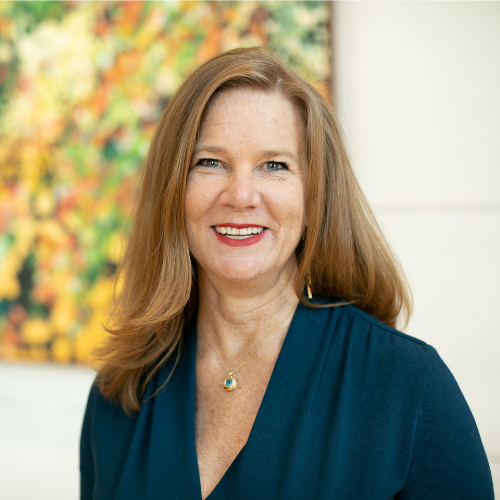New data profiles provide health information for California's diverse population
The California Regional Health Profiles, published by the UCLA Fielding School's Center for Health Policy Research, each spotlight a distinct region.

California’s nearly 40 million residents embody a rich tapestry of cultures, races, ethnicities, ages, and communities, mirroring the diverse landscapes of the mountains, farmlands, coasts, and deserts they call home.
Understanding the unique characteristics and health experiences across these communities can help policymakers and health advocates tailor their efforts for improved community well-being.
The UCLA Center for Health Policy Research (CHPR), led by Dr. Ninez Ponce, professor in the UCLA Fielding School's Department of Health Policy and Management, has released the California Regional Health Profiles, a series of seven reports, each spotlighting a distinct region of the Golden State.
Using data from the 2021–2022 California Health interview Survey (CHIS), researchers at the UCLA CHPR have identified key differences and similarities in demographics, health status, chronic conditions, health insurance coverage, access to health care, food insecurity, housing instability, civic engagement, and more. Data broken down by race and ethnicity, income level, and citizenship status also highlight disparities in each region.
Whether you're a policymaker, researcher, community advocate, or simply curious about the health of your region, these reports provide actionable insights to inform decisions and drive change.
Read the publications, by region:
Northern (Shasta, Humboldt, Del Norte, Siskiyou, Lassen, Trinity, Modoc, Plumas, and Sierra counties): Nearly 1 in 3 (30%) adults with incomes below 200% of the federal poverty level (FPL) delayed medical care and more than 1 in 4 (27%) adults with incomes below 200% FPL had experienced housing instability.
Sacramento and Bay Area (Sacramento, Contra Costa, and Alameda counties): Diabetes disproportionately affects the poorest residents in this region. Nearly 1 in 5 (19%) adults with incomes below 200% FPL had diabetes compared to 12% of all adults who had diabetes.
Northern Central Valley (San Joaquin, Stanislaus, Merced, and Madera counties): More than 2 in 5 (44%) adults and more than half (55%) of Asian adults in the Northern Central Valley experienced food insecurity.
Southern Central Valley (Fresno, Monterey, Kings, Tulare, and Kern counties): 1 in 10 adults (10%) in the Southern Central Valley have experienced unfair treatment getting medical care due to race or ethnicity, compared to 8% of adults in California. Among Black or African American adults, 29% experienced unfair treatment getting medical care.
Los Angeles More than 1 in 5 adults (22%) in Los Angeles County, home to nearly 10 million residents (one-fourth of the state's population), reported having unstable housing, compared to 17% in California. Latinx adults and those belonging to two or more racial or ethnic groups experienced unstable housing at the highest rates (29% and 26%). Black or African American adults also experienced unstable housing at high rates (24%).
Inland South (Riverside, San Bernardino, and Imperial counties): More than 1 in 5 adults (21%) and more than 1 in 7 children and teens (15%) did not have a usual source of care.
South Coast (Orange and San Diego counties): Housing instability and food insecurity varied by citizenship status. Nearly 1 in 3 noncitizen adults (30%) experienced housing insecurity, compared to 1 in 7 U.S.-born citizens (14%). Among adults with incomes below 200% FPL, nearly 1 in 2 noncitizens (48%) experienced food insecurity, compared to more than 1 in 3 U.S.-born citizens (36%).
This work was funded by a grant from The California Endowment.

